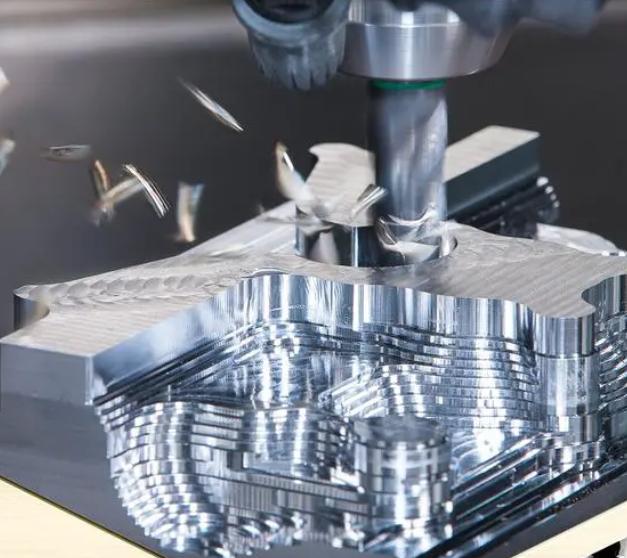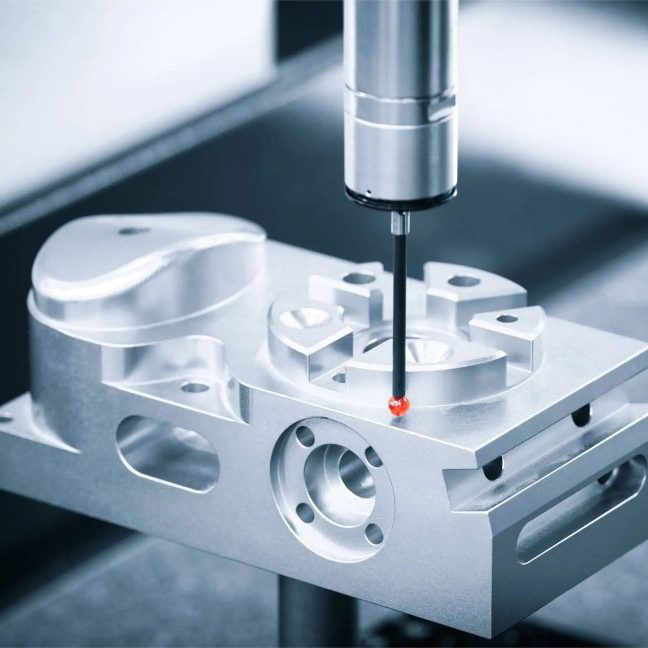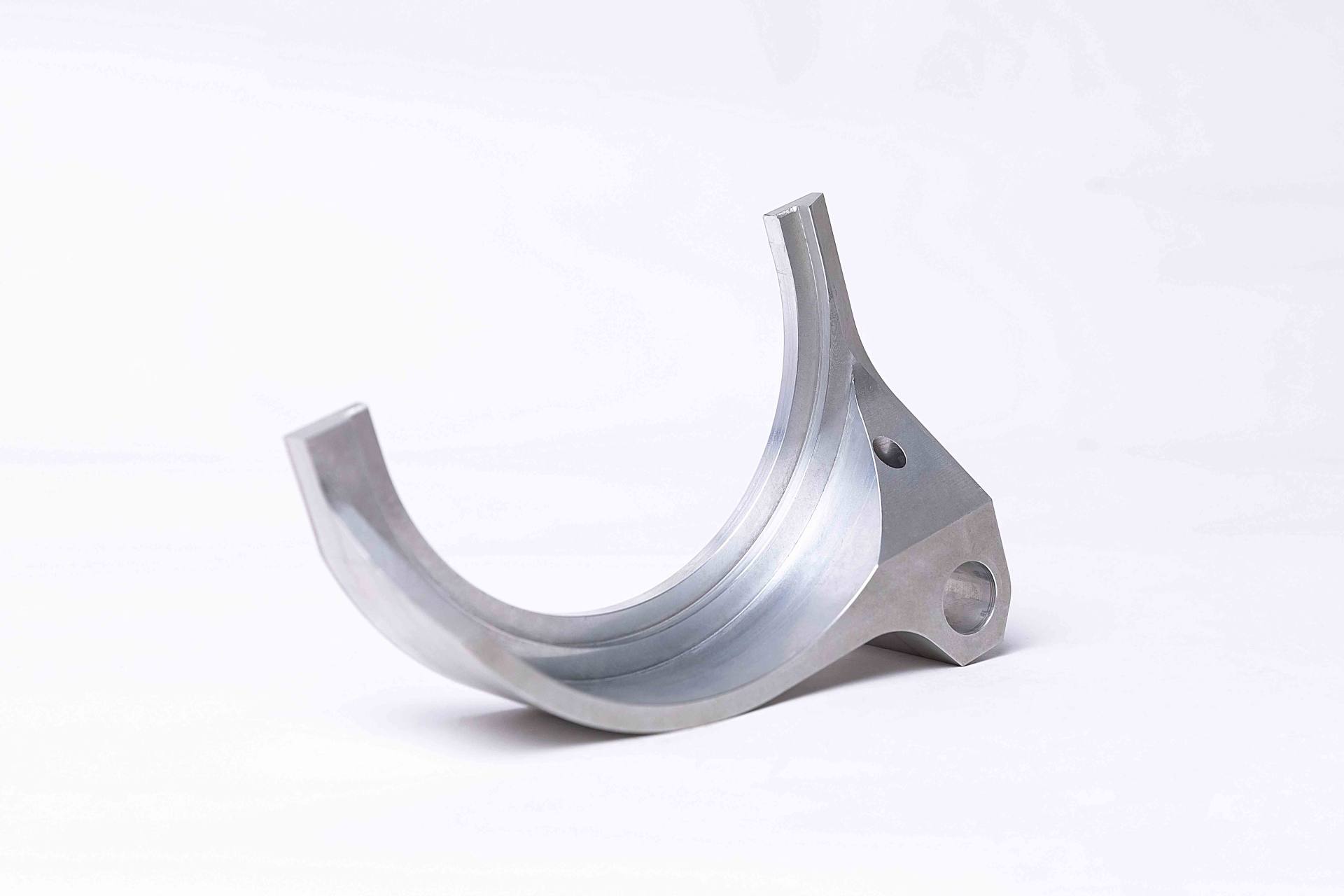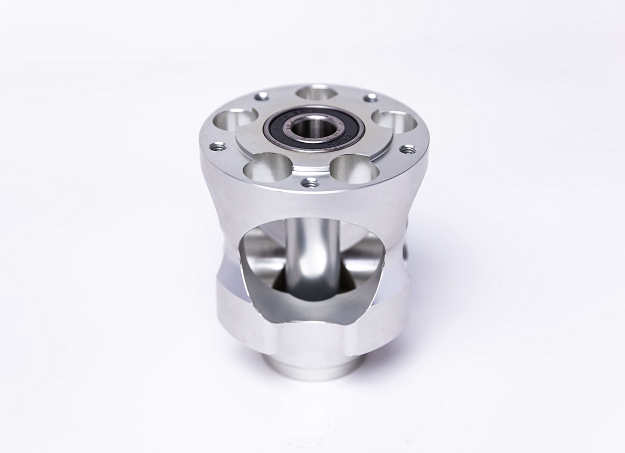CNC (Computer Numerical Control) machining is renowned for its precision and repeatability—but how accurate is CNC machining really, and what factors determine its performance? In this guide, we break down everything you need to know about CNC machining accuracy, from tolerances to influencing variables, so you can make informed decisions for your manufacturing needs.

What is CNC Machining Accuracy?
CNC machining accuracy refers to how closely a manufactured part matches the intended design specifications. This includes dimensional accuracy, geometric precision, and surface quality.
In practical terms, accuracy in CNC machining is often measured in millimeters (mm) or thousandths of an inch (thou/inch), with high-precision machines capable of tolerances as tight as ±0.0002 inches (±0.005 mm).
What Factors Affect CNC Machining Accuracy?
Even the most advanced CNC machines are subject to several influencing factors:
- Material Type: Softer materials like aluminum are easier to machine accurately, while harder metals like titanium require more robust tooling.
- Tool Wear and Calibration: Worn-out tools or misaligned setups can degrade precision.
- Machine Quality and Age: Modern 5-axis CNC machines offer better accuracy than older 3-axis models.
- Thermal Expansion: Changes in temperature can cause parts or machines to expand slightly, affecting final dimensions.
- Operator Skill: Even automated systems benefit from experienced machinists who can set optimal parameters.

Key Dimensions of CNC Machining Accuracy
To truly understand CNC precision, we need to explore it across multiple dimensions:
Dimensional Accuracy
This refers to the degree to which the final part’s size matches the original CAD model. Most industrial CNC machines offer dimensional tolerances within ±0.01 mm to ±0.05 mm depending on the machine and material.
Tolerances
Tolerances define the allowable deviation from a specified dimension. CNC machining supports a range of tolerance grades, such as:
- Standard Tolerances: ±0.125 mm (0.005 inch)
- Tight Tolerances: ±0.025 mm (0.001 inch)
- Ultra-Precision Tolerances: ±0.005 mm (0.0002 inch)
These depend on the machine capability, tooling, material, and part geometry.
Repeatability
Repeatability is the machine’s ability to produce identical parts over multiple cycles. High-end CNC machines can achieve repeatability within ±0.002 mm, making them ideal for volume production with consistent quality.
Surface Finish
The surface finish (measured in Ra – roughness average) is another key quality indicator. CNC machining can achieve finishes as smooth as 0.8 Ra µm with standard tooling, and even finer when post-processing is applied.
Geometric Accuracy
This includes features such as roundness, flatness, and perpendicularity. Multi-axis CNC machines excel at maintaining complex geometries within tight tolerances.
CNC Accuracy Across Different Applications
| Industry | Required Accuracy | Typical CNC Tolerance |
| Aerospace | Extremely High (±0.005 mm) | Ultra-precision machining |
| Medical Devices | High (±0.01 mm) | Micro-machining |
| Automotive | Moderate to High (±0.02 mm) | High-volume precision |
| Consumer Products | Standard (±0.05 mm) | General CNC machining |
How to Improve CNC Machining Accuracy
Here are some practical ways to enhance machining precision:
- Use high-quality, regularly calibrated CNC machines
- Select materials with stable thermal properties
- Employ proper toolpath strategies (adaptive clearing, trochoidal milling)
- Minimize vibrations through better fixturing
- Implement real-time monitoring systems
Final Thoughts
CNC machining is one of the most precise and reliable manufacturing methods available today. Whether you’re prototyping or producing complex components at scale, understanding the accuracy of CNC machining helps you plan better, reduce rework, and ensure consistent quality.
CNC Machining Service
JTR provides you with a reliable one-stop CNC machining service, which provides rapid prototyping/end-use part production in a variety of materials, and related machining services to small, medium, and large-sized parts.

CNC Machining Processes

CNC Milling Service
CNC Milling uses 3-axis milling and 5-axis indexed milling to rapidly cut a choice of more than 30 engineering-grade thermoplastics and metals into complex shapes and precision components.
As one of the subtractive manufacturing processes, milling removes material from bulk by using tools to cut/drill a workpiece. CNC Milling is capable of producing parts with high accuracy at a high speed.

CNC Turning Service
CNC Turning uses a lathe to create detailed functional prototypes and end-use parts with cylindrical features. It removes material from bulk by rotating the workpiece.
CNC Turning is great for the processing of cylindrical parts, capable of producing high-quality parts cost-effectively.

